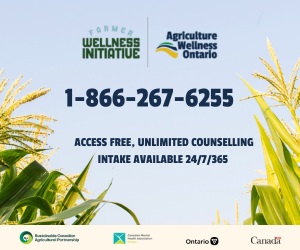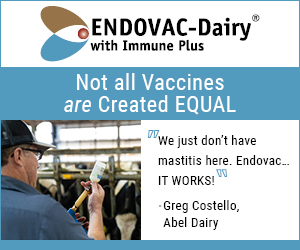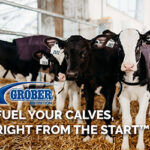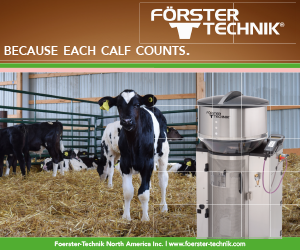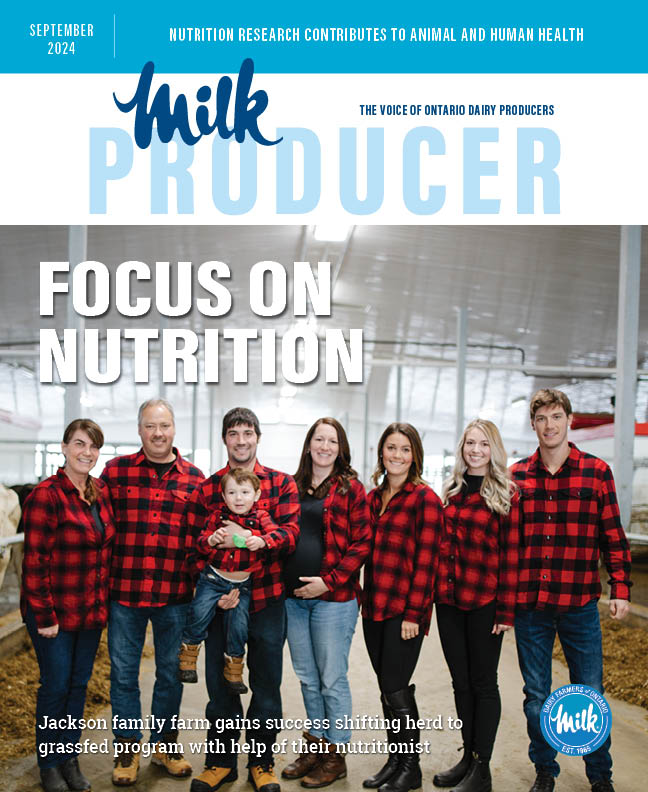
On The Cover:
FOCUS ON NUTRITION
Jackson family farm gains success shifting herd to grassfed program with help of their nutritionist
More from this issue

Should cows have extra protein in early lactation?
Studies show milk production, health and reproduction can benefit from higher protein concentration in early lactation
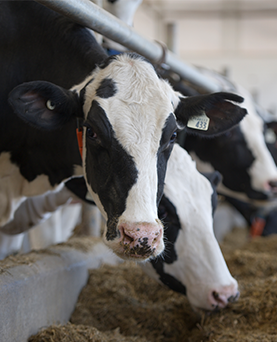
Long-awaited legislative change
The long-awaited Feeds Regulations, 2024 were published on July 3, 2024, marking the most significant legislative change for the livestock feed sector in 40 years. Industry and government stakeholders worked collaboratively on modernizing the feeds regulations for over a decade to better align them with scientific advancements in animal nutrition, as well as farmers’ needs.

Amplifying dairy
Using the dairy matrix to increase milk’s nutritional relevance in consumers’ minds
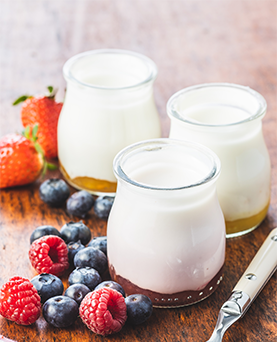
New Canadian research supports a health claim for dairy in reducing the risk of type 2 diabetes
Type 2 diabetes is a chronic disease affecting roughly
11 per cent of Canadian adults (roughly three million people) and is a major (and costly) public health concern, with an estimated annual cost of nearly CDN $20 billion.
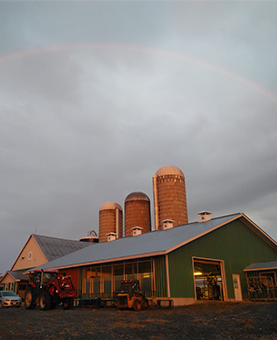
How Chevalley Improved Animal Care
Husband and wife team, François and Annik, own and operate their family dairy farm, Chevalley. The 80-cow, tiestall facility has been around for more than two decades and has been updated over the years to provide new, wider stalls, an extended barn for an improved dry cow and heifer area, and a fully automatic feeding system.

Reducing the amount of mycotoxins
The presence of mycotoxins in silage can lead to considerable financial losses for a dairy farm. Increased veterinary costs, reduced productivity, reproductive problems, exorbitant cost of additives to reduce the negative impact on cows ... is it possible to prevent these problems?

